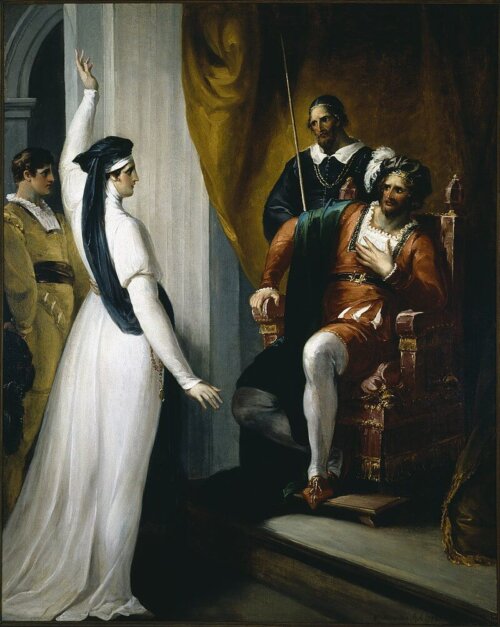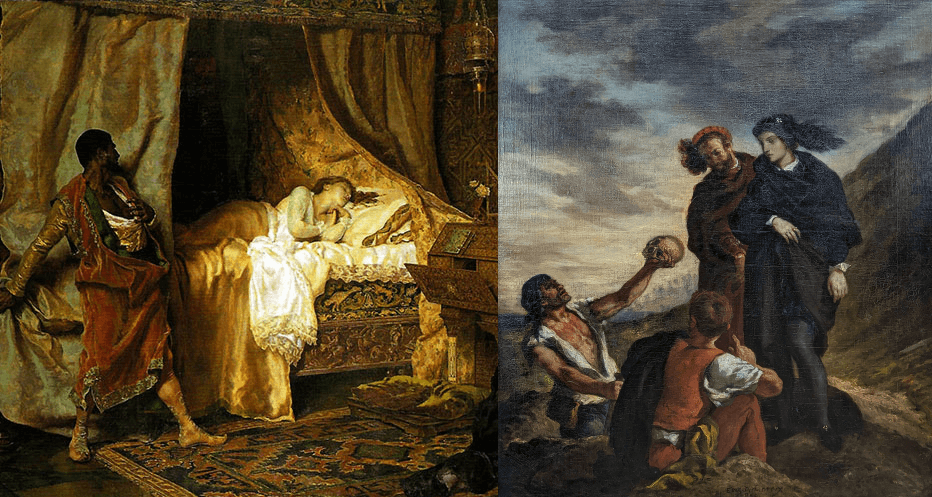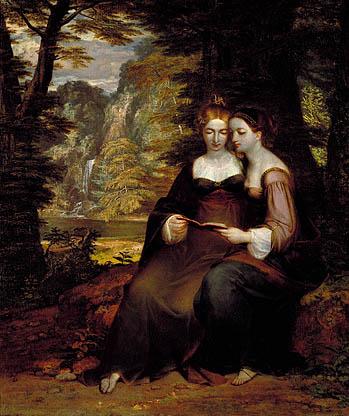Vermeer’s “Woman Holding a Balance”: Allegory of Judgment

Johannes Vermeer’s two foremost allegories—that of the Catholic Faith and that of the Art of Painting—help us understand the painter’s “Woman Holding a Balance” (hereafter, WHB), inviting us to read this work in retrospect as an allegory in its own right: an allegory of judgment.
The Dutchman produced his two most notorious allegories several years after painting his dame or “married lady” (Vrouw) with a balance, confirming the nature of Vermeer’s enduring concerns both as a painter and as a man.[1] The most evident key to those concerns is a pivotal element common to the three works in question, as well as to several others by the same painter: an at least partially concealed window. Reading WHB with Vermeer’s two late allegories, it is fair to conclude that the painter’s windows are in all cases a source of natural light still typically understood unequivocally in Vermeer’s times as a metaphor of natural reason. In WHB, natural light or reason guides a lady’s judgment as she stands before a painting representing Christ’s Final Judgment. Divine judgment stands in the background of human judgment. Given the lesson found in the “Allegory of the Catholic Faith,” however, it is fair to further discern our lady with balance as standing in the act of interpreting the painting behind her and so divine judgment itself. Our painting would then suggest that in the absence of natural reason, our representations of divine judgment remain unbalanced, as appears the picture frame behind our lady.
Salient aspects of WHB indicate that natural reason must remain immaculate, unburdened by possessions; it must give up or let go of the ephemeral, the worldly, in favor of faith in things unseen and so, too, of babies in the womb. Our lady stands, much as in the “Allegory of the Catholic Faith,” as a natural/poetic mirror of Mary mother of Jesus. However, while in the later work the lady is adorned with a pearl necklace, in the balance painting she wears no jewelry: she is naturally immaculate, as her clothes show, even as she bears no other special sign of purity.[2]
In WHB, reason does not weigh material things such as pearls and gold; in Platonic terms, it does not try to determine, as would do the dwellers of the Athenian’s mythical Cave, which appearance is more important or valuable than another.[3] What natural reason must weigh is the distance separating visible or worldly things from hidden or otherworldly things. But can natural reason measure the distance between the worldly and the otherworldly, between the human (alluded to in silver-colored pearls) and the divine (represented by gold pearls)? If the light of reason “mirrors” without measuring, then human judgment should reflect the rift between man and God, between human and divine art.
Now, in WHB the source of light, of natural reason, is to be partially inferred, since a framed mirror partially conceals the window facing our dame. Natural reason itself is not entirely self-evident; understandably, if its work reflects (as a mirror) that of divine reason, inviting us to conclude that divine art supports human art from within.
Mirroring is all pervasive in our allegory, appearing at once in the juxtaposition of our lady’s blue dress with dark blue cloth lying ruffled on the table standing in the middle of the painted scene, and the contrast between a) stark chiaroscuro on the wall before the window and its golden curtain, b) the light-and-dark on the lady’s dress, and c) the distinction between the lady’s clear colors and the dark Final Judgment painting behind her. More importantly, keeping in mind that gold stands traditionally to the divine as blue stands to “fallen nature,” the gold-blue relation suggested by the contrast between a straight/smooth curtain and the lower ruffled dark blue cloth on the table is inverted in the lady, whose lower golden skirt is dark, while the upper blue is framed in white. In our lady the two elements of divinity and humanity are somehow brought together, or harmonized, even as the harmony promises (as suggests the sliver of bright gold cutting through the white of the lady’s upper clothes) an otherworldly consummation. For the birth of the divine in the human remains unseen, so that their union can be now at best alluded to poetically and most emblematically in an allegorical painting.
If only most inconspicuously, our lady brings judgment to life attesting to the divine’s living in the human. Otherwise put, the human emerges as pregnant with the divine, the hidden, the silent (the “sacred” that is not merely etymologically “secret”). The two elements, the divine and the human, beg to be bound together there where a ribbon lying loosely on the solid, elegant table could be used to reconnect the silver and the gold, the lower and upper world.
While it might otherwise seem that the elements to be judged lie over the solid table, the scale of natural reason does not. What significance does the table itself have, if not that of law? The lady would then rest one hand on the table of the law, while the other would be raised to reason. This would make eminent sense insofar as judgment needs both law and reason. Law, however, stands low to support reason, or at least its pronouncements. In our world, the divine-human relation is inverted (as are the roles of sphere/heaven and square/earth in the constitution of the table), or we have a mirror image of it: the gold stands below the blue. Furthermore, the light and dark of the painting’s golden frame are suggestive insofar as the light side is farther away from the window.
Our clues guide us to conclude that the original natural order of things is inverted in our everyday life experience, so that the significance of divine judgment appears to us distorted. It would then be the task of the Vermeerean painter to reignite natural reason, to guide us back to it, lest we mistake our function as human beings for a divine one, thereby trading the divine proper for worldly riches or vain power.




